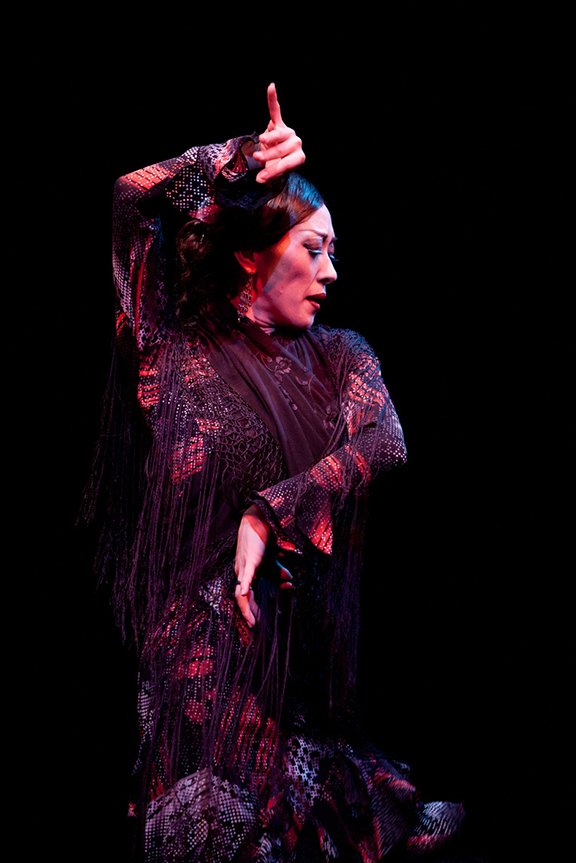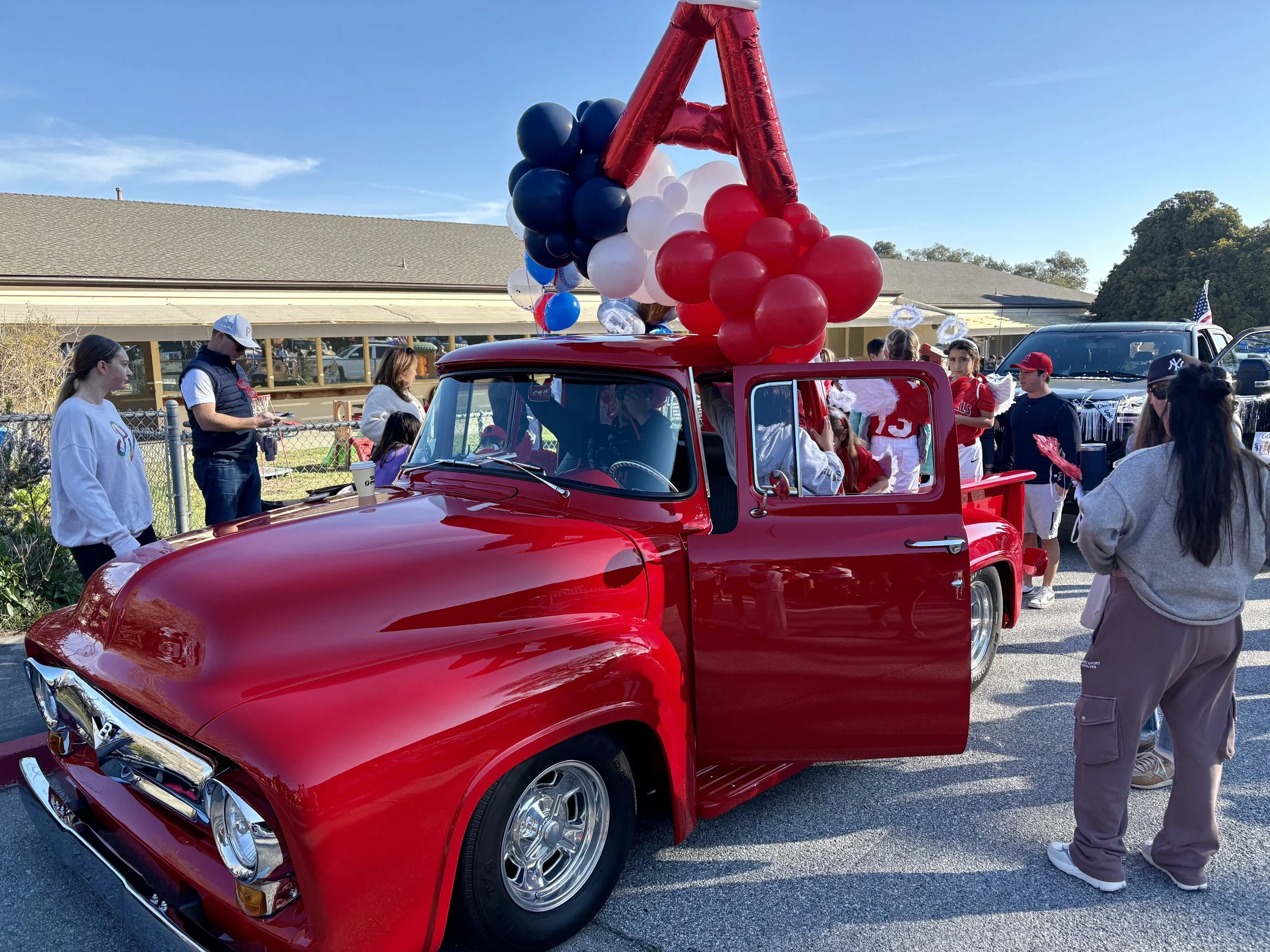The International Flamenco Festival Comes to Redondo Beach Performing Arts Center and Wilshire Ebell Theatre By Contributor Steve Tabor
Photo Courtesy of Sari Makki Photography
Legendary flamenco guitarist and composer, Tomatito, will be returning to the Los Angeles International Flamenco Festival at the Redondo Beach Performing Arts Center on Friday, March 7, 2024, at 8:00 p.m. Tomatito first distinguished himself with his mastery of traditional rhythms and classic works. But as his career has progressed he has become known as a pioneer in the Nuevo Flamenco movement through his improvision and merging of traditional flamenco with jazz, blues, bossa nova, tango, pop, and rock influences.
Being the son and grandson of flamenco guitarists who played under the name of “Tomate,” the young José Fernández Torres selected his stage name as a tribute to his flamenco heritage. Tomatito began his career at age 10, playing at the local flamenco clubs. After his family moved to Madrid, Tomatito met the renowned flamenco singer, Camarón de la Isla. Eventually, Camarón and Tomatito formed a friendship that led to a performing partnership that lasted until Camarón’s death in 1991. Tomatito is quick to credit Camarón for teaching him about the art of flamenco which still influences his music today.
Tomatito- Photo Courtesy of Olga Holguin Alta Resolución
Winner of Grammy Awards and five atin Grammy Awards, Tomatito has produced over a dozen solo albums and collaborations with a variety of artists including Enrique Morente, José Mercé, Carmen Linares, George Benson, Frank Sinatra, Elton John, and Chick Corea.
Appearing with Tomatito will be flamenco dancer, Karime Amaya. Amaya is the niece of, arguably, the greatest flamenco dancer of all time, Carmen Amaya, has already risen to the level of one of the best dancers of her time. Amaya has performed in international festivals in the United States as well as in Europe.
On Saturday, March 9, 2024, at 8:00 p.m., the Festival will move to the Wilshire Ebell Theatre and feature dancer, José Maya, and guitarist Rycardo Moreno. Moreno’s music is inspired by his Gypsy heritage from the Andalusia region in southern Spain and his great-grandmother’s Cuban heritage. He began his career at 11 years of age and became a leading name in flamenco with his 2017 album “Agaleano” which was a tribute to the Latin American literary giant, Eduardo Galeano.
Ryacardo Moreno - Photo Courtesy of R Moreno
Maya has been described as an electrifying dancer. He has performed with celebrated flamenco artists Farruquito, El Güito, Manolete, Estrella Morente, Gerardo Núñez and Diego El Cigala and opened for pop stars such as a Marc Anthony and Beyoncé.
José Maya- Photo Courtesy of Sari Makki Photo
Appearing both nights of the Festival are pianist Andrés Barrios, whose performances pay tribute to classic Spanish composers as well as modern masters. Joining Barrios as special guest dancer is Japanese born and current Bay area resident flamenco dancer, Mizuho Sato. Sato began her dance career studying ballet at age 3, but eventually fell under the spell of Flamenco. Her passion led her to create her own flamenco company based in the City of San Francisco.
Andres Barrios- Photo Courtesy of Andres Barrios
The earliest form of flamenco dates back to the 18th century and was performed in Spain’s Andalucia region. A group of Spanish immigrants known as Gitanos (translated from Spanish it means “Gypsy”) is credited with its creation.
The Gitanos link their heritage to the Romani, a nomadic group of people that were originally found on an Indian subcontinent region now known as Rajasthan. The Romani gradually immigrated west and eventually some settled in the Andalucia region of Spain, Portugal and Southern France.
Mizuho Sato - Photo Courtesy of Sari Makki Photography
They were not welcomed in Spanish society and for over 300 years laws and policies were written to alienate and eliminate them from Spanish society. As a result, flamenco and other aspects of Gitano culture were not considered part of Spanish culture and efforts were made to marginalize their existence. Following the Spanish Civil War official and unofficial actions were taken to include the Gitanos in Spain’s social structure. Eventually flamenco has been recognized as a part of the Spanish culture and continues to influence music worldwide.
Flamenco fuses voice (cante), dance (baile), and musicianship (toque) into an experience of sight and sound that explores an array of human emotions. Characterized by a combination of simple, brief, and expressive lyrics, a style of dance that uses facial expressions, arms, hands, legs, feet, and costumes to portray every human emotion, infused with the sounds of the guitar meant to stir the soul. Castanets, hand clapping, and foot stomping add to the rhythmic sound of flamenco.
Notable differences between classical guitar and flamenco guitar the add to the uniqueness of this art form. A flamenco guitarist will support the guitar on crossed legs with the neck of the guitar placed horizontal to the floor rather than the classical position in which the guitar is supported on one leg; a righthanded guitarist will support the guitar on the right leg and vice versa for the lefthanded guitarist. The classical guitarist will hold the neck of the guitar on a steep incline.
The construction of a flamenco guitar and how it is played adds to the unique sound of flamenco. Flamenco guitars are usually fashioned from light woods, most commonly cypress wood, with a fir top (face). Also, the body of the guitar is narrower than a classical guitar. This lighter and shallower body produces a lower sound specifically intended to not muffle the voice of the singer (canator).
Photo Courtesy of Sari Makki Photography
There are some noteworthy difference between the playing techniques. The flamenco guitarist will position the fingers of his playing hand in a place to intentionally create more leverage in order to produce a greater sound. The playing thumb is placed on the face of the guitar slightly above the top string. The index finger is positioned on the strings above the one being played. The middle finger may be placed in a similar position to the index finger or dropped to the tap plate (a protective layer above and below the sound hole in the middle of the guitar face).
A flamenco guitarist also adds to their performance using two other techniques: The “golpe” is the drum-like sound the guitarist generates by using his ring finger to tap or strike the face of the guitar. The second is the ”falseta.” This is a melodic flourish that is inserted between chord sequences.
A true master flamenco guitarist is not only a gifted soloist, but one that works in concert with the singer (canator) and/or dancer (bailaor/bailaora).
A dynamic change in tempo has become a signature of flamenco. The principal dancer is the performer that controls and communicates this change with his or her feet. Dancers’ costumes expose the feet making it easy for the other performers to visually see the change in tempo. Bailaoras slightly lift their dresses to expose their feet to the guitarist and canator. In conjunction, the bailaor and bailaora will accentuate the foot stomp to enhance their message.
Photo Courtesy of Sari Makki Photography
Photo Courtesy of Sari Makki Photography
The 2024 Los Angeles International Flamenco Festival will take place on Thursday, March 7, 2024, at the Redondo Beach Performing Arts Center beginning at 8:00 p.m. The Festival will continue on Saturday, March 9, 2024, at the Wilshire Ebell Theatre in Los Angeles at 8:00 p.m.
For additional information and tickets visit:
Steve Tabor
This South Bay native’s photographic journey began after receiving his first 35 mm film camera upon earning his Bachelor of Arts degree. As a classroom teacher he used photography to share the world and his experiences with his students. Steve began his photography career photographing coastal landscapes and marine life. His experiences have led him to include portraits and group photography, special event photography as well as live performance and athletics in his portfolio. As a contributor and photojournalist, he has published stories about the people, places and events in and around the Palos Verdes Peninsula and beyond.
Interested in seeing more of Steve’s work, visit website at: www.stevetaborimages.com














